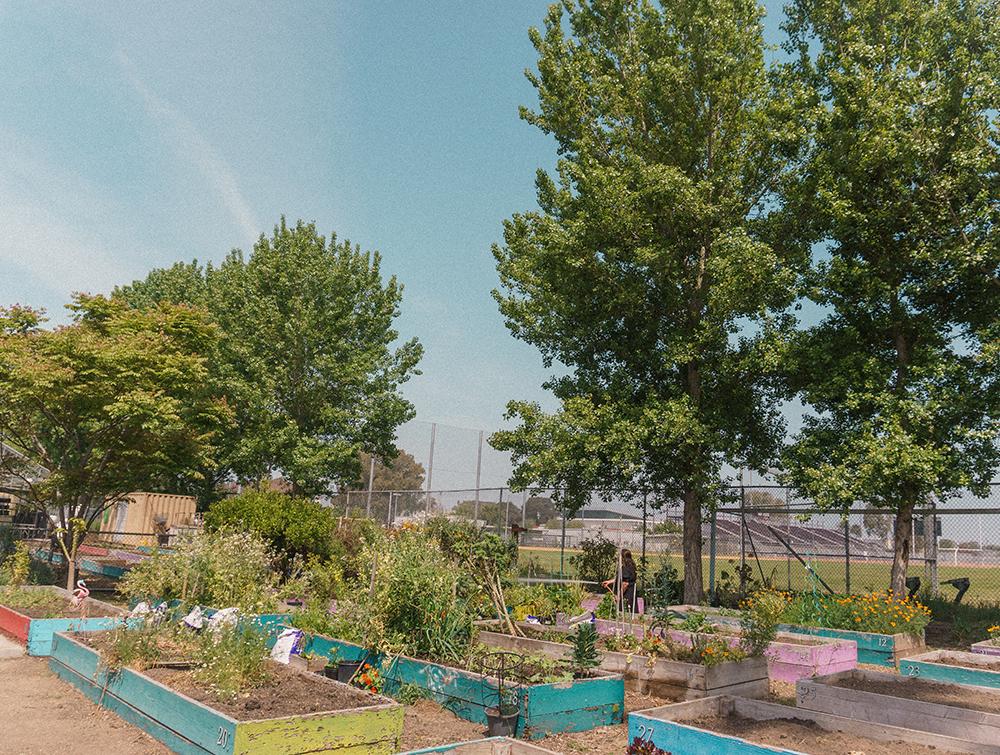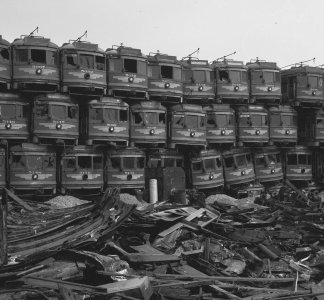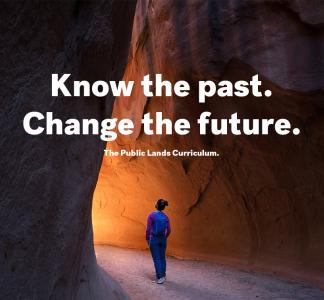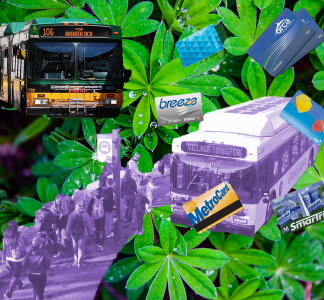How urban gardens create greener, healthier cities

Fremont Wellness Center and Community Garden | Los Angeles, California
Ahad Shahid
Urban gardens boost health and community bonds
Authors: Sydney Leimbach, Sharon Musa
When most people think of agriculture, the first images that come to mind may be rolling hills, rows of crops or grazing livestock. The trademarks of urban areas—like rush-hour traffic, towering skyscrapers and miles of concrete—don’t necessarily sync up with that. Yet more recently, urban gardens and farms (a.k.a. urban agriculture) are on the rise. In addition to letting people grow the fresh fruits and vegetables they need to live, urban gardens have come to light as a way to improve people’s access to nature.
Built into cityscapes in places like local parks and schools, urban gardens offer immeasurable benefits to people who might otherwise go without nearby green spaces. This includes better health, stronger community connections and an environment more resilient to climate impacts.
So why aren’t there urban gardens all over the place? Unfortunately, it’s not so simple. Decision-makers often prioritize profit over people—for example, buying up property for luxury apartment buildings or high-end shopping malls instead of affordable housing or community green space. But one thing the pandemic has highlighted is that even economic progress is dependent on nature. In the last year, the U.S. has finally made efforts to account for some of the real value of these “natural assets.”
We see the value of these natural assets, too. In fact, our Urban to Wild program was created to ensure more people benefit from better access to parks, public lands and green spaces—especially communities that have been historically excluded from public lands like Black, Indigenous and People of Color (BIPOC) communities. Urban agriculture fits into that vision, and our program in Los Angeles is working alongside community partners right now to realize its full promise.

Fremont Wellness Center and Community Garden in Los Angeles
Ahad Shahid
Below are specific ways urban gardens are helping people and cities thrive.
-
A safeguard for health and well-being
The benefits of having an outdoor refuge have been scientifically proven: Research shows that close-to-home nature promotes increased exercise, active lifestyles, stress reduction, mindfulness and improved mental health. Urban gardens provide just that, plus a place for people to connect with neighbors, learn new skills and simply relax.
-
A gateway to equitable outdoor access
Because of racist policies such as redlining, forced migration and economic segregation, paired with inadequate access to public transit, many BIPOC and people living on low-income find themselves hours from green space. In fact, 52.6 percent of Los Angeles residents live in areas of high and very high park need, with no place to safely gather within a half-mile from home. Urban gardens help shift that reality by bringing access to green spaces in reach.
-
A place where communities can grow and flourish
Like many common public spaces, urban gardens create a forum for people with diverse identities and backgrounds to come together, strengthen social ties and create a shared sense of belonging. Studies have found that green spaces positively affect neighborhood safety; may be tied to a decrease in burglaries, robberies and felony assaults; and help foster a sense of security by encouraging people to interact across demographic divides.
Another measure of a strengthened community is environmental stewardship. Urban gardens provide hands-on opportunities to learn about ecological processes, leading to a deeper understanding of our role in preserving the environment. This can inspire people to make changes in their daily lives that contribute to a healthier planet.
-
A pathway to climate resilience
Speaking of planet Earth, extreme heat will continue to disproportionately impact urban communities as temperatures continue to rise. But the urban heat island effect can be reduced by planting trees and other vegetation. And more vegetation also means less carbon in the atmosphere, improved air quality and stormwater runoff that is properly managed. Urban gardens also provide a healthy habitat for non-human neighbors like pollinators and birds.
-
A source of fresh, healthy, affordable foods
Many urban communities do not have a single grocery store nearby, forcing people to resort to fast food and other unhealthy options. This is especially common in low-income communities of color. One study found that people who plant in community gardens eat their daily recommended amount of fruits and vegetables at more than twice the rate of people who don't garden. Another study found that household concern about food security--having enough food to be healthy and productive--dropped by 90 percent when a family participated in a community garden.
Urban gardens: a conservation catalyst
The Urban to Wild program was born out of the belief that everyone deserves to experience quality time outdoors. For the very reasons cited above, we are working alongside community partners to engrain urban gardens in the larger conservation movement and help broaden the scope for increasing equitable access to nature.



